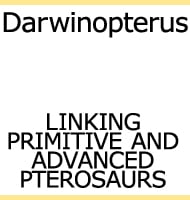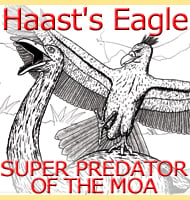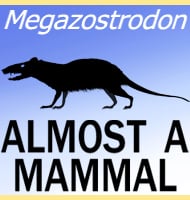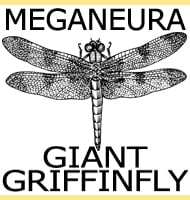In Depth
Martensius is a genus of primitive caseidid synapsid that lived in Europe during the early Permian. Martensius is known from both adult and juvenile specimens, and these show a development in changing dietary habits as individual Martensius as they grew older. The teeth of Martensius are triangular like those of earlier more primitive relatives that were more insectivorous. But younger Martensius had more teeth in their lower jaw than adults, at least thirty-one to the adult twenty-five teeth. This would make the teeth dentition of juvenile Martensius more similarly to the genus Eocasea, a genus which is seen as more insectivorous than herbivorous. This has led to speculation that earlier in life Martensius were more carnivorous, perhaps requiring the extra protein from eating insects to promote body growth. Then in later life Martensius may have become more herbivorous, perhaps switching to a fully plant based diet.
Further reading
- New primitive caseid (Synapsida, Caseasauria) from the early Permian of Germany. - Annals of Carnegie Museum 86(1):43-75. - D. S. Berman, H. C. Maddin, A. C. Henrici, S. S. Sumida, D. Scott & R. R. Reisz - 2020.








